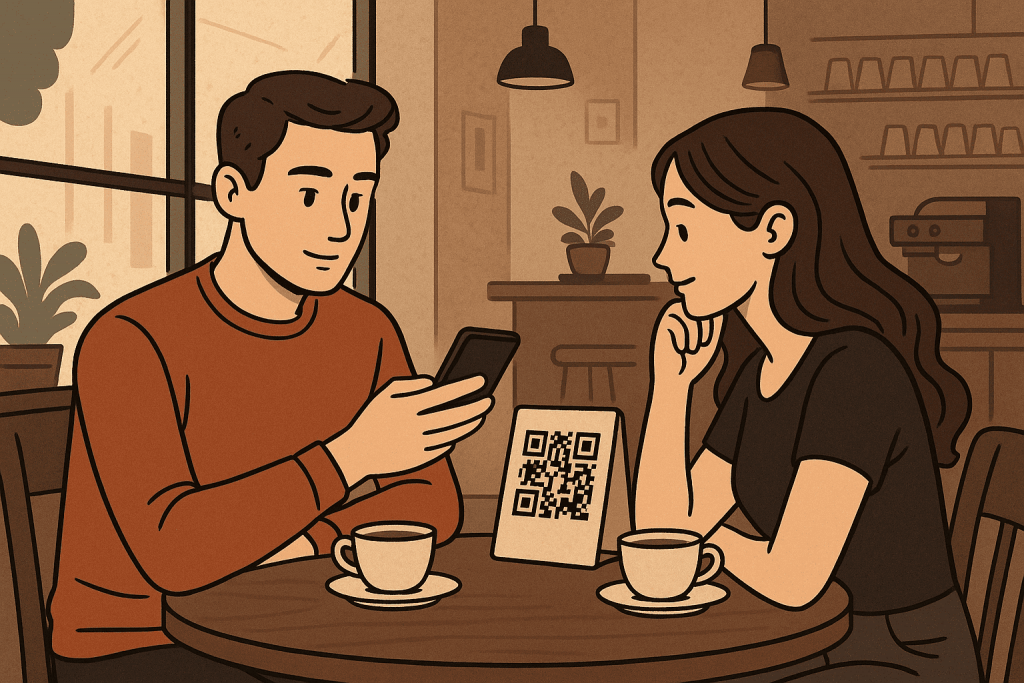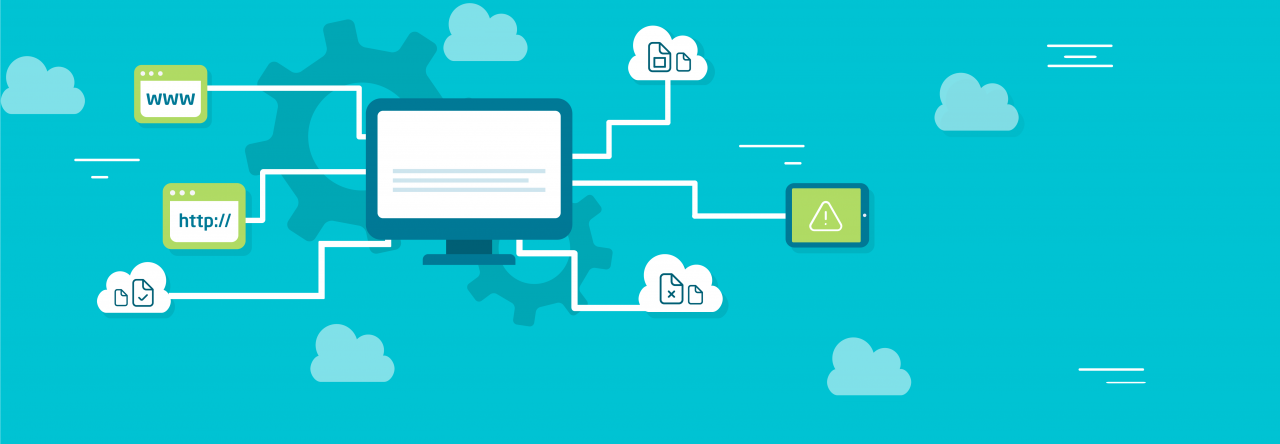
Just a few years ago, opening a menu at a café meant flipping through laminated pages, touching them after dozens of people, and waiting for the waiter to bring one to your table. Today, you’re more likely to find a small square code. Simply point your smartphone camera — and the menu instantly appears on your screen. The QR menu has become not just a convenience but a true symbol of digital evolution in hospitality, reshaping both business processes and the way guests interact with restaurants.
The Origins of the Digital Menu
QR code technology has existed since the 1990s, but its real breakthrough came during the COVID-19 pandemic. Restaurants, cafés, and bars were searching for safe ways to serve customers, and contactless menus became the perfect solution. For businesses, it meant less printing, faster price updates, and easy menu changes without extra costs. For guests — it brought comfort, hygiene, and a modern feel.
Yet QR menus didn’t disappear when restrictions ended. They blended so naturally into daily life that it’s now hard to imagine a café without them. Customers are used to having everything on their smartphones, even placing and paying for orders without waiting for staff.
A New Level of Convenience
A QR menu is much more than a scanned version of a paper catalog. Modern systems integrate with POS terminals, allowing customers to place orders, pay bills, tip, and leave feedback directly. This reduces the workload on staff, shortens waiting times, and minimizes human error.
During busy hours, for example, a guest can order drinks before a waiter even arrives. For the café, that means faster service and higher profits. For the guest — less waiting and more control.
Moreover, QR menus can be personalized: displaying dish photos, highlighting vegan, gluten-free, or seasonal options, and updating prices in real time — all without reprinting or additional costs.
How the Technology Changed Guest Behavior
Before QR menus, dining out was often a sequence: wait for the menu, place the order, wait for the bill. Now, the entire process fits into a few screen taps. Customers have become more proactive — they choose the pace of service, explore dishes in detail, and even reorder without interrupting their conversations.
Attitudes toward information have also evolved. Instead of just names and prices, menus now include ingredient lists, calorie counts, pairing recommendations, and product origins. This transparency builds trust and encourages conscious choices, shaping a modern dining culture.
Impact on Business and Marketing
For restaurant owners, QR menus are a powerful analytics tool. They show which dishes are viewed most often, which are rarely ordered, and which pages attract attention. This data helps optimize menus, remove underperforming items, and launch targeted promotions.
Digital menus also integrate seamlessly with loyalty programs and marketing campaigns. After paying, guests can be invited to leave their contact for rewards or discounts. Thus, QR menus have evolved from a service tool into a communication channel.
Aesthetic and Environmental Value
Switching to QR menus also improves visual appeal. A table without paper menus looks cleaner and more modern. For many venues, this minimalistic design aligns with a broader philosophy — digital convenience and environmental care.
Large restaurant chains especially benefit: hundreds of menu updates no longer require reprints every time prices change. That means thousands of sheets of paper saved each year — and countless trees preserved.
The Future of QR Menus
The next step will be integrating QR menus with AI recommendation systems and voice assistants. Imagine scanning a code and instantly getting personalized dish suggestions based on your past orders or dietary preferences. Such “smart menus” will bring hospitality personalization to a whole new level.
Most importantly, QR menus have taught us to see cafés not just as places to eat but as part of the digital ecosystem. They unite technology, comfort, and design — making even an ordinary lunch more convenient and enjoyable.
The small code on a table has become a quiet symbol of a new culture — where technology doesn’t distance people but instead makes life simpler, cleaner, and more pleasant. That is the essence of real technological progress: transforming everyday habits subtly but permanently.
How to Create Your Own QR Menu
If you want to introduce QR menus in your café, there are two main ways. The first is to use ready-made platforms or POS systems that already include digital menu functions. Services like Poster POS, Restik, or SmartTouch POS let you upload dishes, photos, and prices, automatically generating your QR code. It’s quick, easy, and doesn’t require technical skills.
The second option is to create your own branded menu website. You can design it in your style, add online ordering and payment features, or integrate it with your CRM. This gives you full control over content and helps strengthen your brand identity.
Hosting options are also simple. If it’s just a basic page with menu items, a regular hosting plan is enough to ensure stability and speed. But if you plan to include online payments, loyalty programs, or operate multiple restaurants — a VPS server is the smarter choice. It offers more resources, better security, and scalability as your business grows.
QR menus are no longer a trend — they’re proof that technology can make everyday things smarter and more efficient. When one simple scan brings up your favorite dishes, photos, and payment options — that’s not the future. That’s the present of modern hospitality.

Leave a Reply